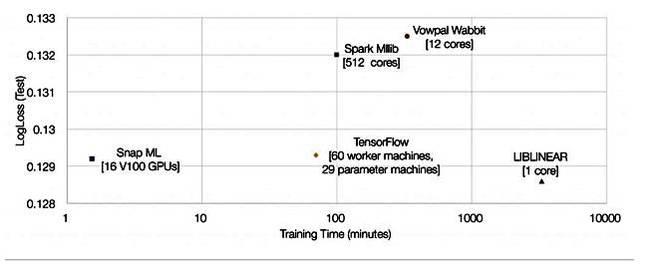According to Slack’s new guidelines, however, Compliance Exports will be replaced by “a self-service export tool” on April 20th. Previously, an employer had to request a data dump of all communications to get access to private channels and direct messages. This new tool should streamline things so they can archive all your shit-talk and time-wasting with colleagues on a regular basis. The tool not only makes it easy for an admin to access everything with a few clicks, it also enables automatic exports to be scheduled on a daily, weekly, or monthly basis. An employer still has to go through a request process to get the tool, but Slack declined to elaborate on what’s involved in that process.
What’s particularly concerning is that Compliance Exports were designed so they notified users when they were enabled, and future exports only covered data that was generated after that notification. A spokesperson for Slack confirmed to Gizmodo that this won’t be the case going forward. The new tool will be able to export all of the data that your Slack settings previously retained. Whereas before, if you were up on Slack policy, you could feel pretty comfortable that your private conversations were private unless you got that Compliance Exports notification. After the notification, you’d want to make sure you didn’t discuss potentially sensitive topics in Slack. Now, anyone who was under the impression that they were relatively safe might have some cause to worry.
Source: New Slack Tool Lets Your Boss Potentially Access Far More of Your Data Than Before


